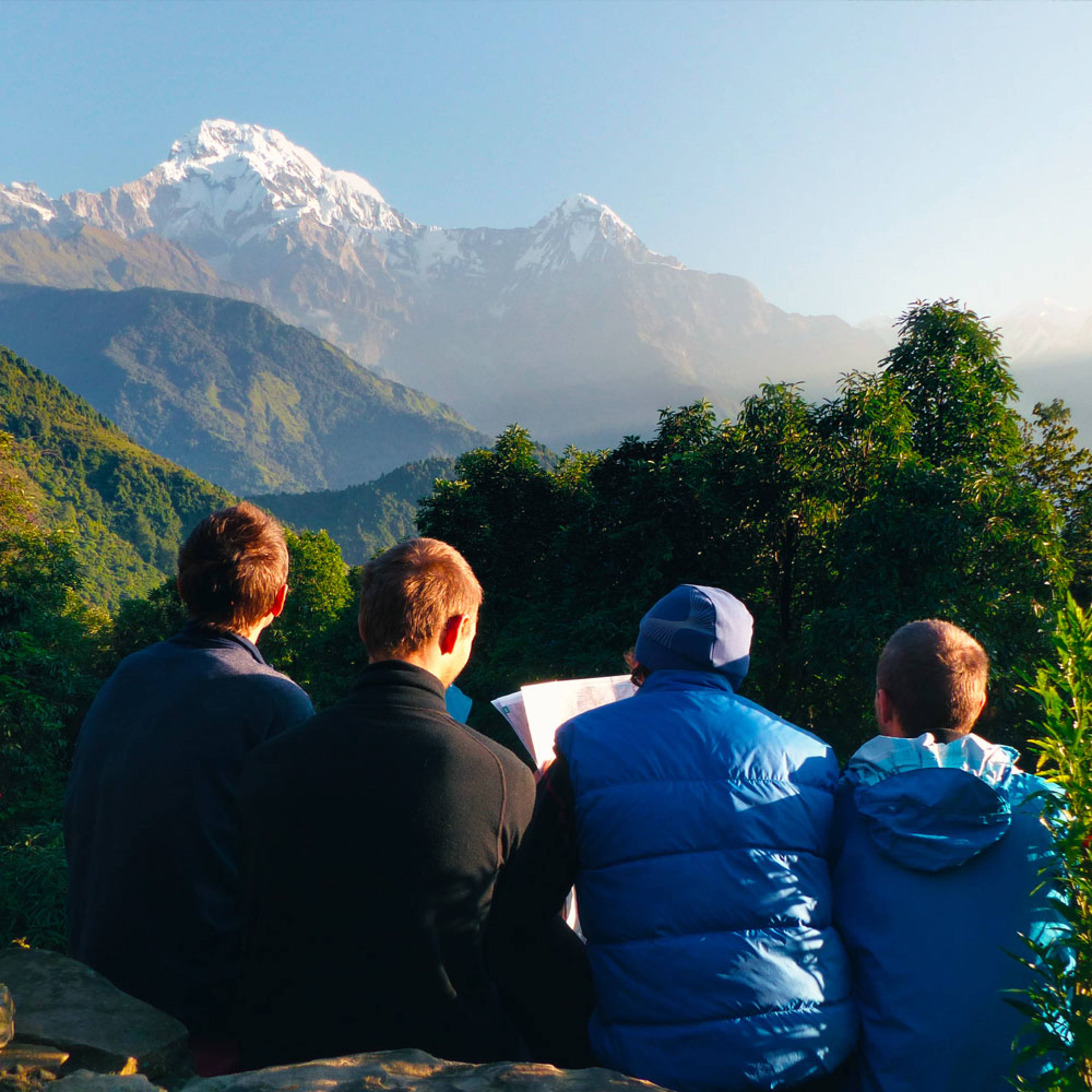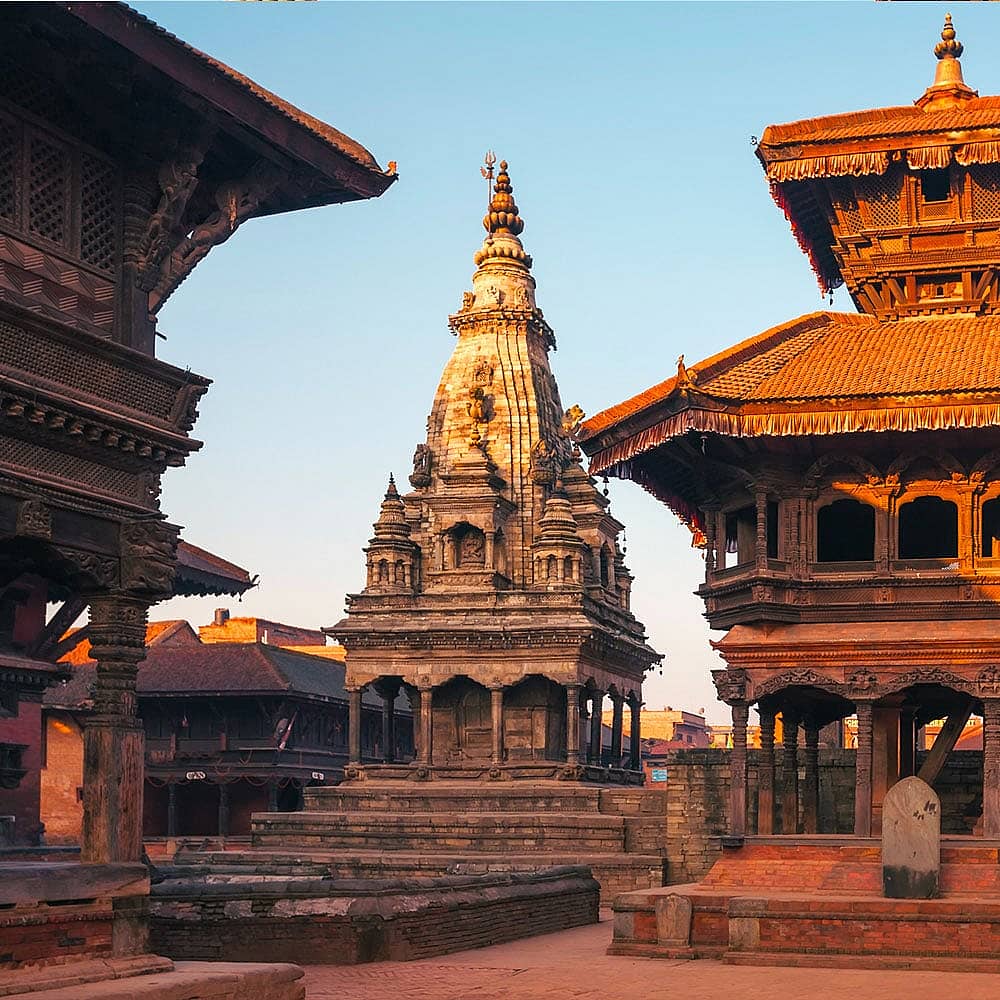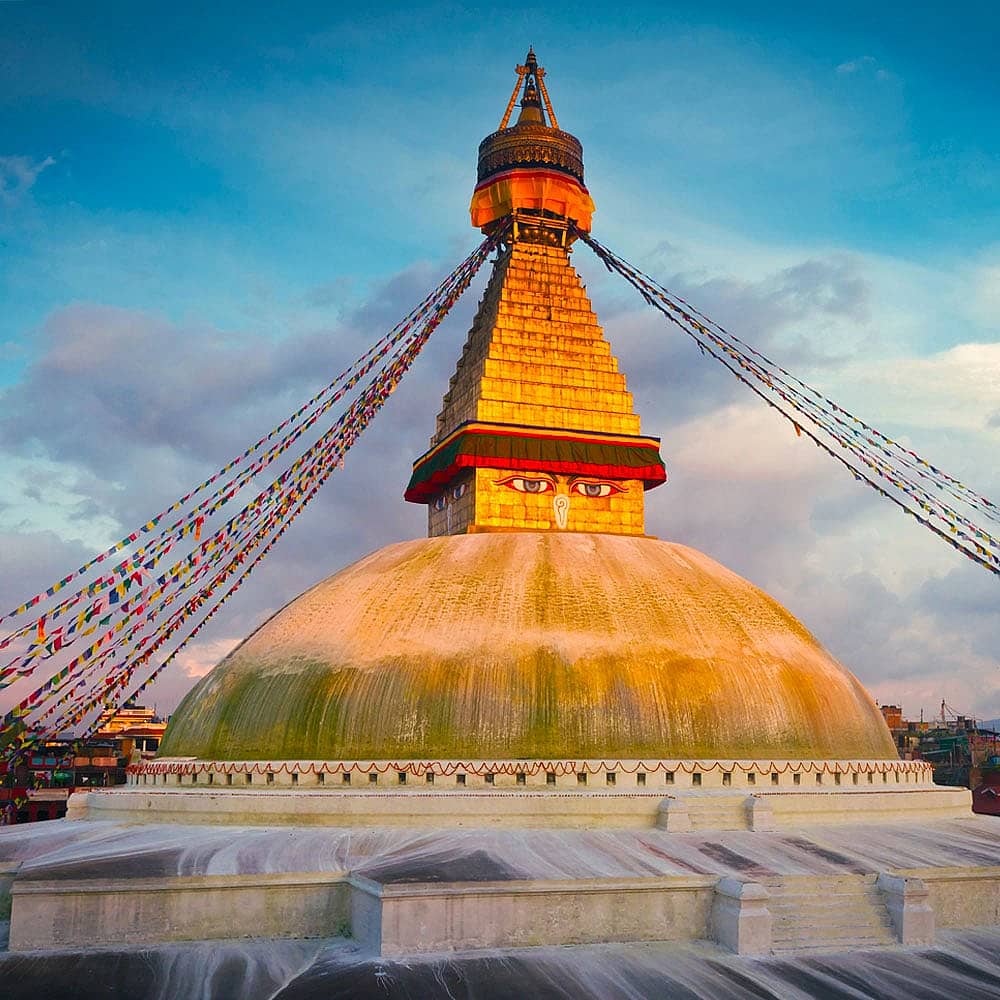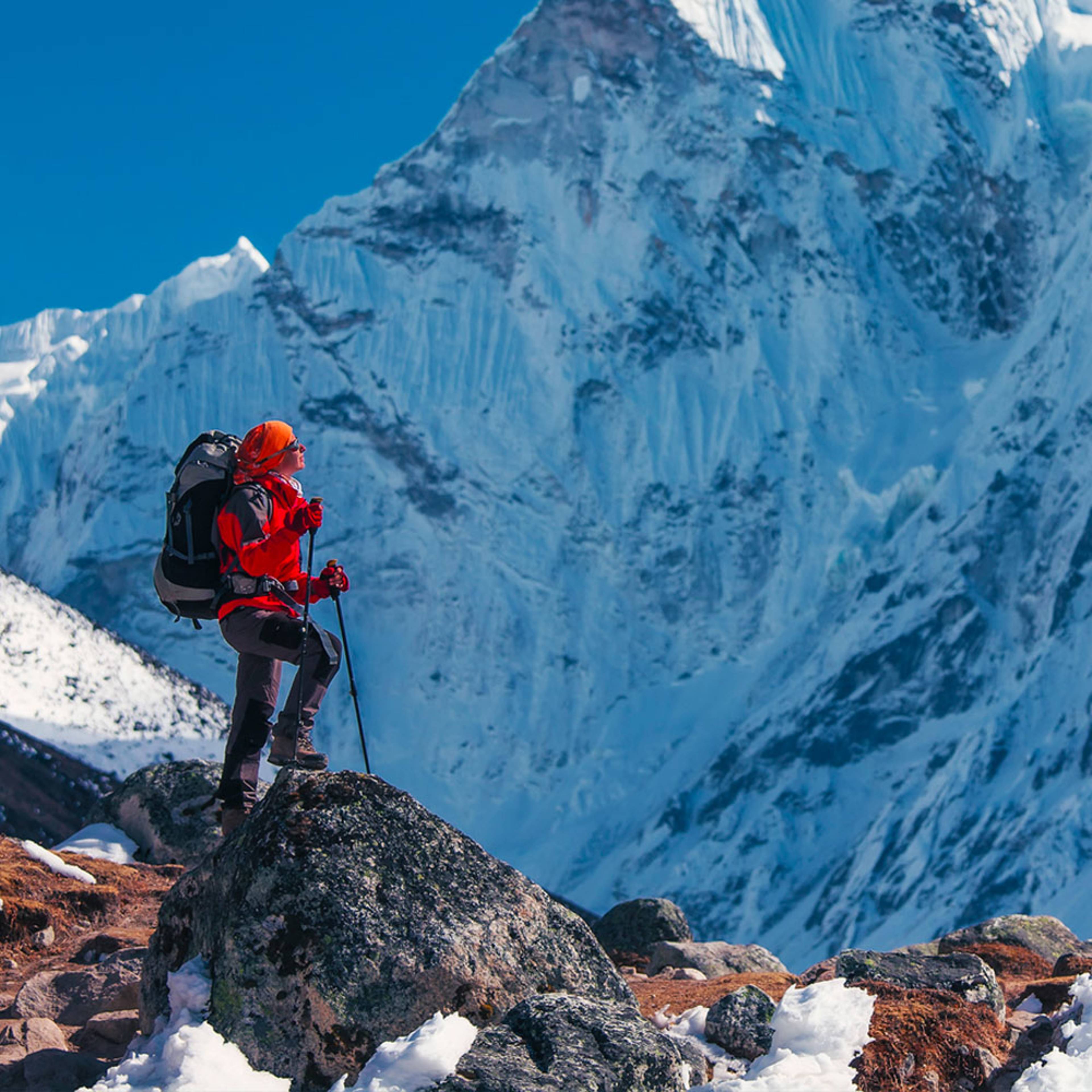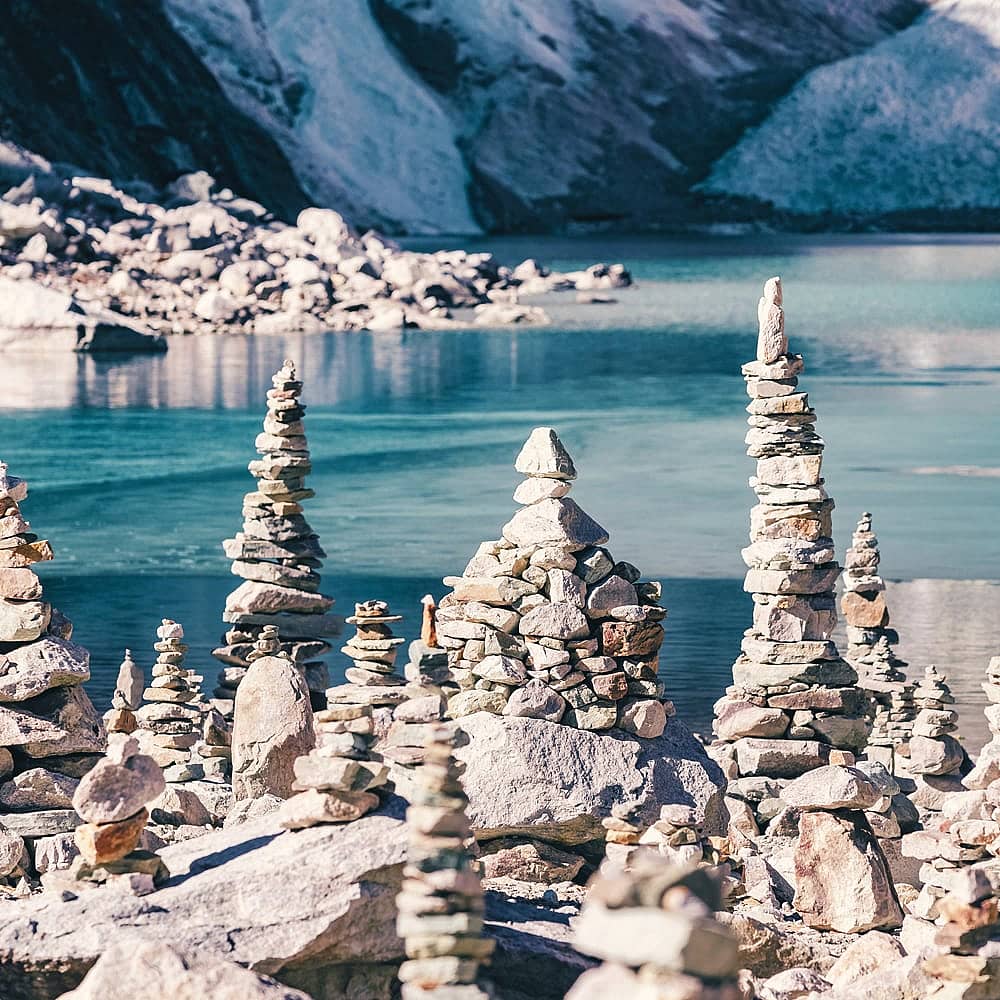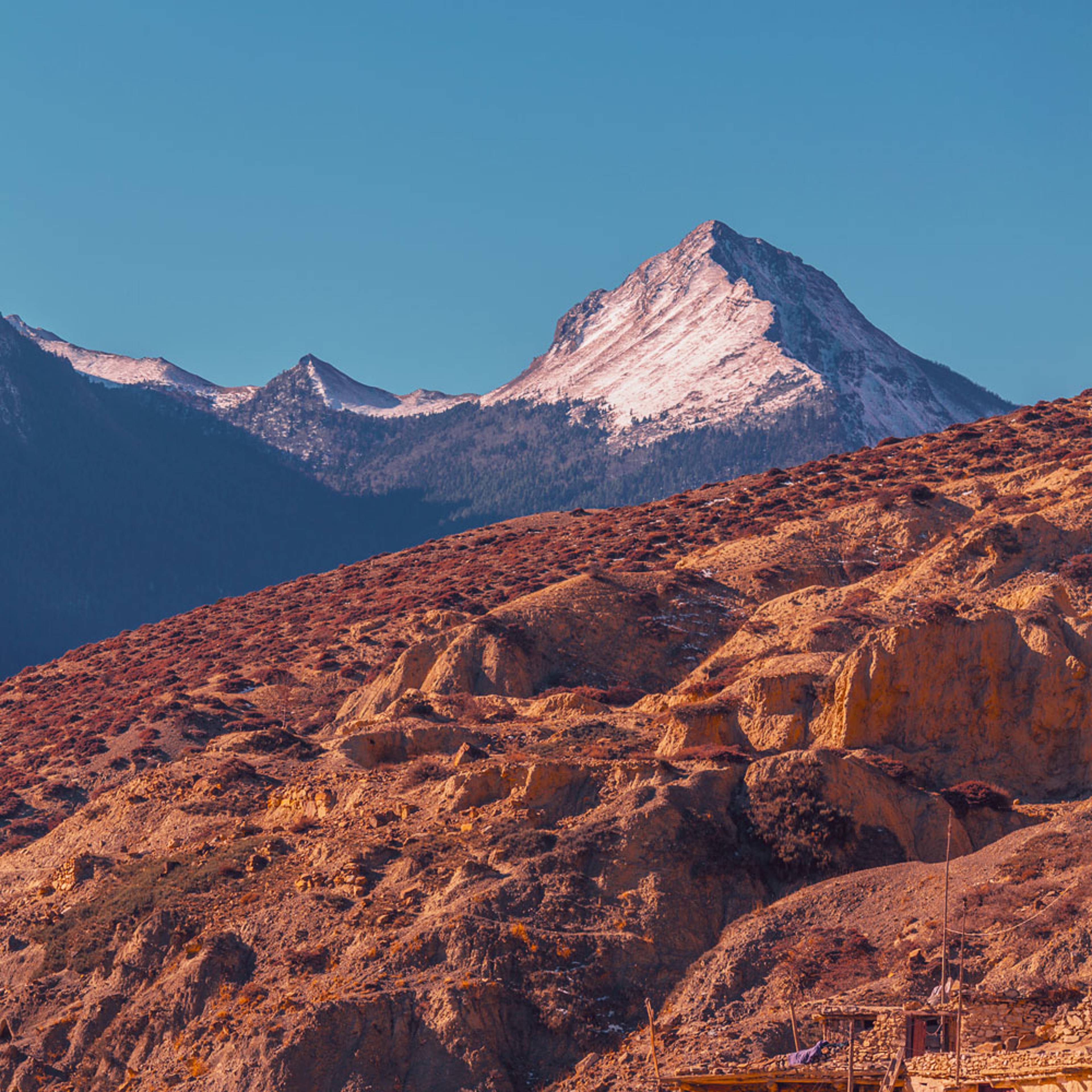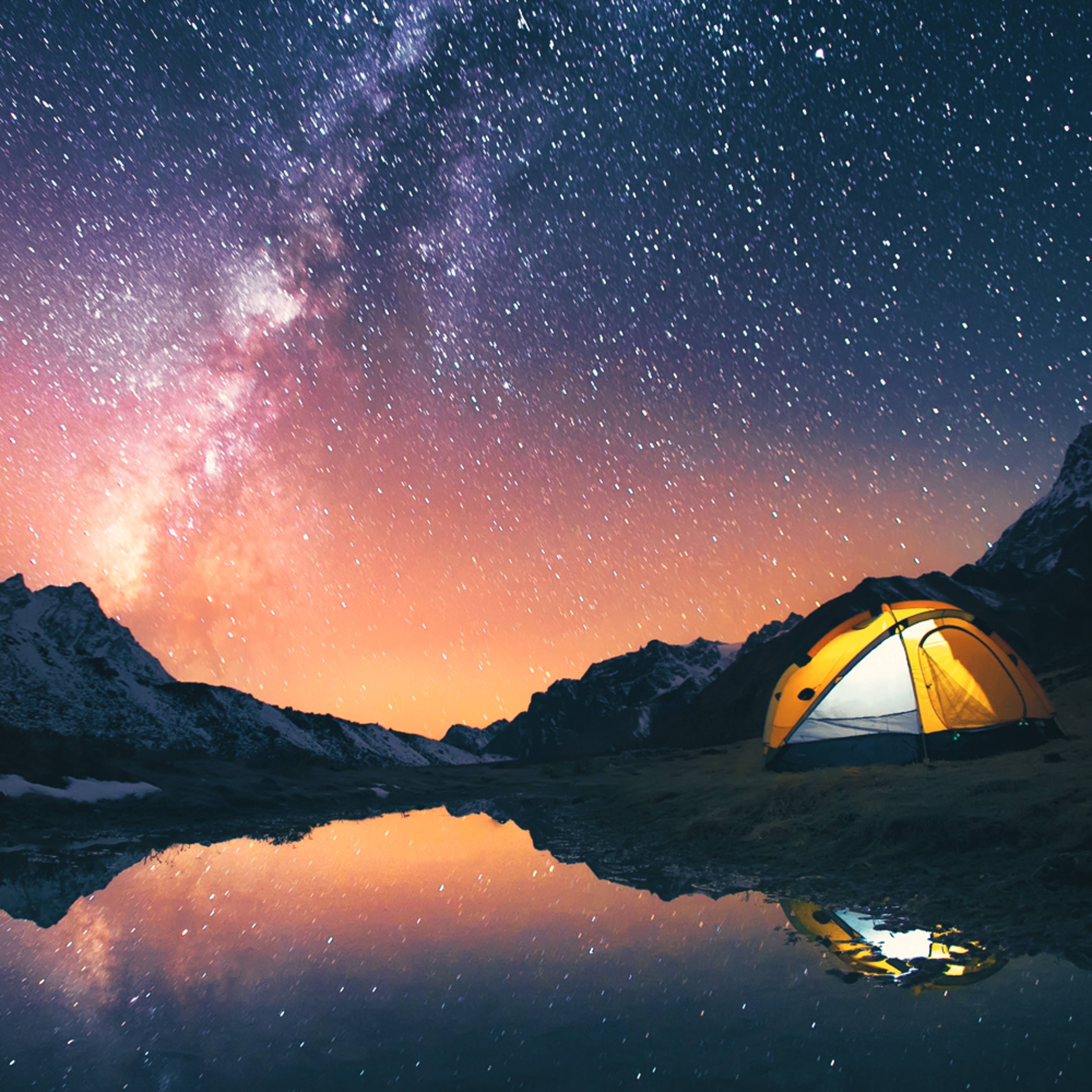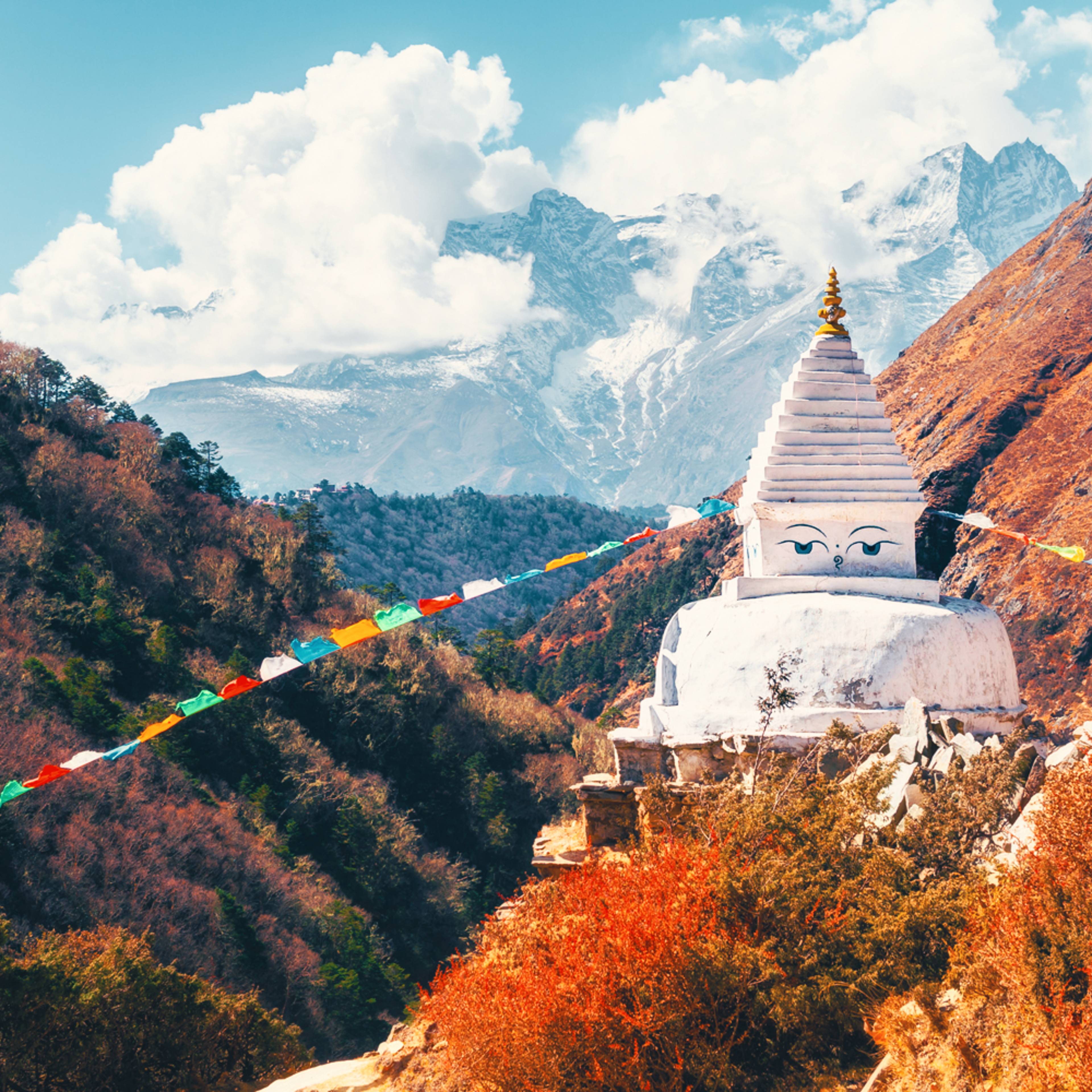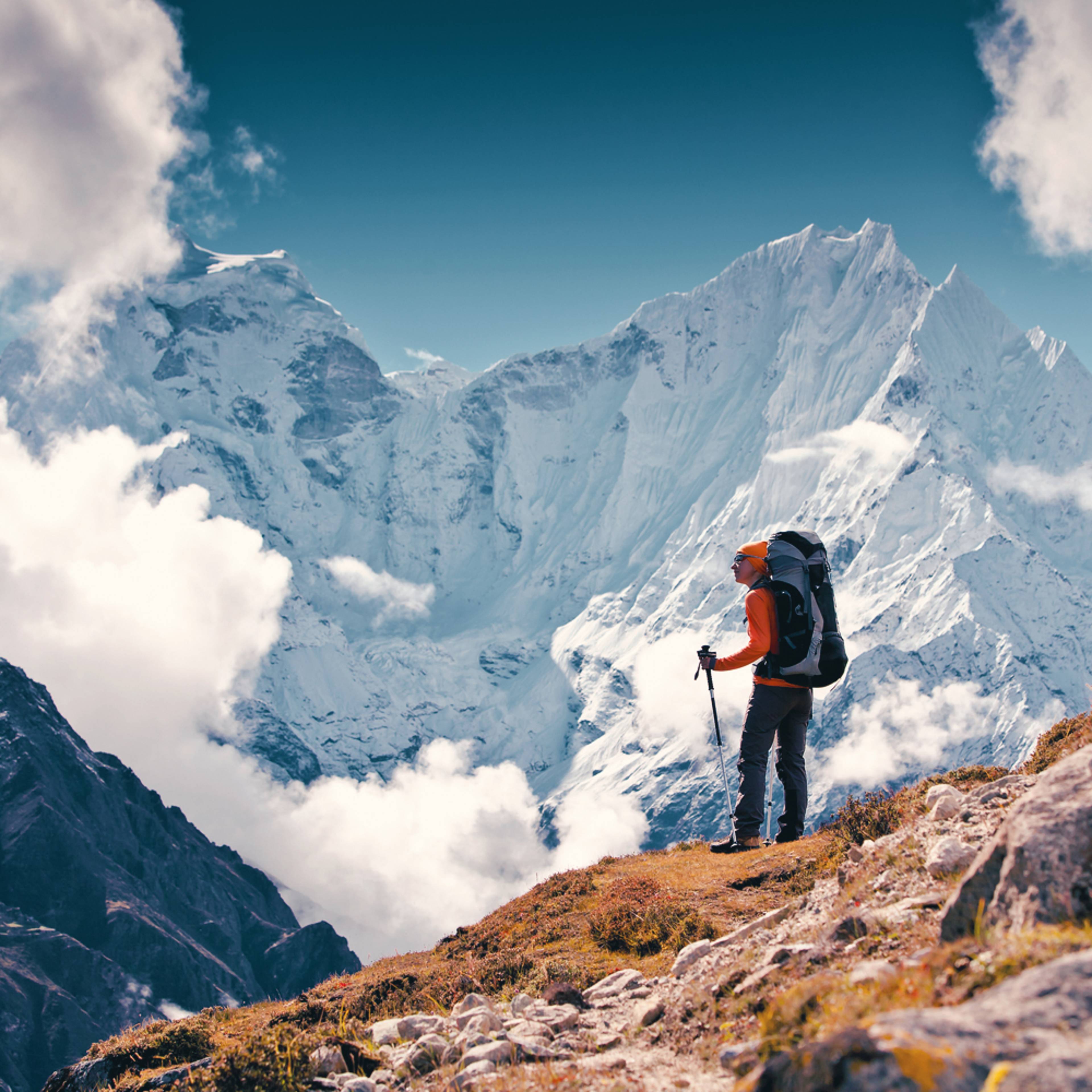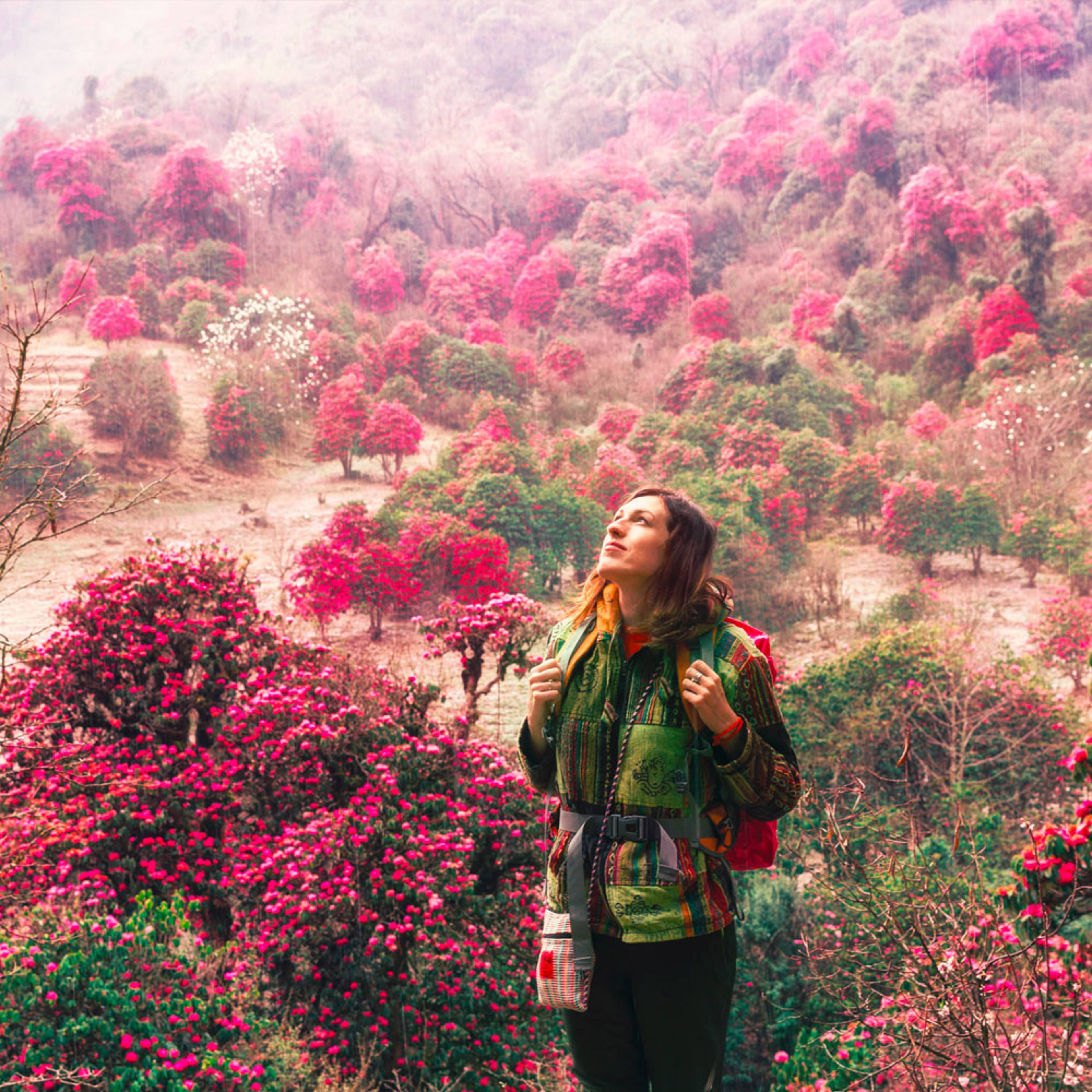

Start planning your historical tour of Nepal
Nepal is famous for its natural beauty and is one of the world's most legendary destinations for hiking. Yet the country's architectural and cultural heritage is just as impressive and truly makes Nepal stand out as a travel destination in a category of its own. Nepal's historical sites are more than just beautiful structures: they have great religious and spiritual significance, too.
What makes Nepal a great destination for history lovers?
From the fifth century onward, both Buddhism and Hinduism have flourished in Nepal and produced unique artistic and architectural fusions. The original inhabitants of the Kathmandu Valley, known as the Newar, developed unique cultural traditions and a characteristic architectural style. The Kathmandu Valley alone is home to seven extraordinary historical monuments, which together make up one UNESCO World Heritage Site. As far as Nepal's historical sites go, the temple of Lumbini is hard to beat - this is the most famous pilgrimage location for Buddhists and is set in glorious natural grounds.
The best historical sites in Nepal to visit
Exploring history in Nepal means admiring intricately designed ancient temples, witnessing devotees on holy pilgrimages, and immersing yourself in Buddhist and Hindu rituals. These are some of the best historical sites in Nepal - from the Kathmandu Valley and beyond.
Find the heart of Kathmandu at Durbar Square
Durbar Squares are ancient urban centers consisting of palaces, temples and public spaces that once formed the seat of power of the Malla and Shah dynasties. Kathmandu Durbar Square is the place that houses all the traditions of the old town of Kathmandu, with stunning architecture and historical tours available for visitors.Visit the birthplace of Buddha in Lumbini
Lumbini is said to be the birthplace of Buddha and the oldest Buddhist shrine in the world, dating back to the sixth century B.C. It's now an important pilgrimage site, comprising several temples and monasteries. Visitors can walk around the peaceful temple gardens and admire the old temple ruins overlooking Puskarni, a sacred pool situated in the grounds.The eyes of Buddha on Swayabhunath Temple
Swayabjunath Temple might be Nepal's most iconic architectural structure and is considered one of the country's crown jewels. The fifth-century stupa overlooking the Kathmandu Valley has the eyes of Buddha emblazoned upon its surface.Traditional Newari architecture in Changu Narayan
Changu Narayan consists of a traditional Newari village and a Hindu temple dedicated to Lord Vishnu. The shrine is considered the oldest temple in Nepal, holding one of the earliest inscriptions ever found in the Kathmandu Valley.Watch Hindu mythology come alive at Janakpur
The city of Janakpur is a popular place of pilgrimage for Hindus, as it is believed to be the birthplace of the Goddess Shiva and the place where she married Lord Rama. Also known as the "City of Ponds", more than seventy ponds dot the sacred city.
Tips for planning a historical tour of Nepal
As many of the historical sites in Nepal are situated in the Kathmandu Valley, the country's capital makes for a convenient entry point and base from where to explore Nepal's captivating history. Evaneos' agencies can help you find the right accommodation and get you in touch with local guides and experts, who have all the local knowledge needed to plan your itinerary and organize your trip, including how to prepare and the best time to visit.
